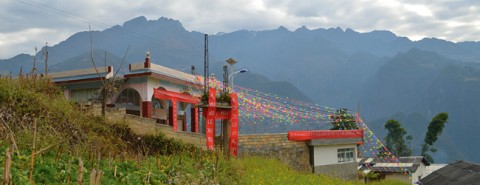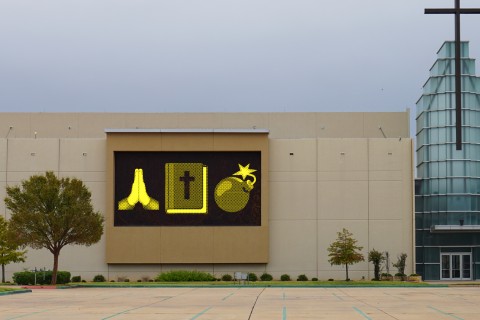China’s gospel valley: Churches thrive among the Lisu people

Pastor Jesse’s mud-plastered Mitsubishi SUV jolted wildly along the newly dug dirt road that zigzagged up the mountainside toward the construction site of the new church. We stopped to let a pedestrian squeeze by, a middle-aged Lisu woman with a pink, checkered headscarf and a giant bamboo back basket which was strapped to her forehead. The Lisu are one of the 55 ethnic minorities of China and the predominant tribespeople in Gongshan, which nestles on the slope of the Gaoligongshan mountain range. Only 30 miles to the north, these mountain peaks reach more than 16,000 feet. Beyond that is Tibet.
It was a sun-drenched Saturday morning in December 2014. I had arrived the night before on my first visit to the area after reading Chinese media reports of the explosive growth of Christianity among the Lisu people in the “Gospel Valley,” as the Upper Salween River Valley is known. The church under construction is called Zion. It replaces a smaller one built in 1998 with members’ shovels, picks, baskets, and bare hands.
“Brothers and sisters brought their own bedrolls and woks and camped over there during construction of the first church,” Pastor Jesse said, gesturing toward the terraced fields up the slope. “Almost all the construction material was carried up here in bamboo baskets.”





